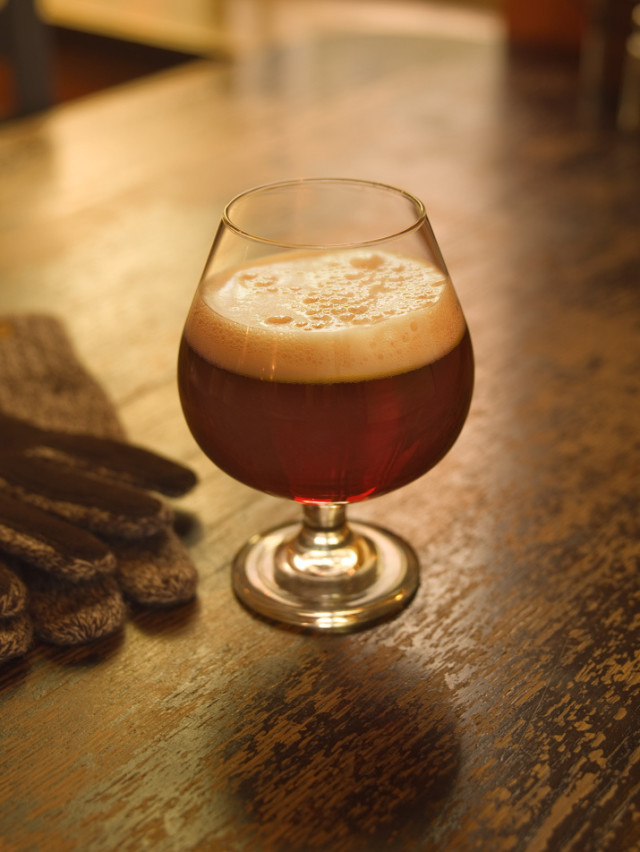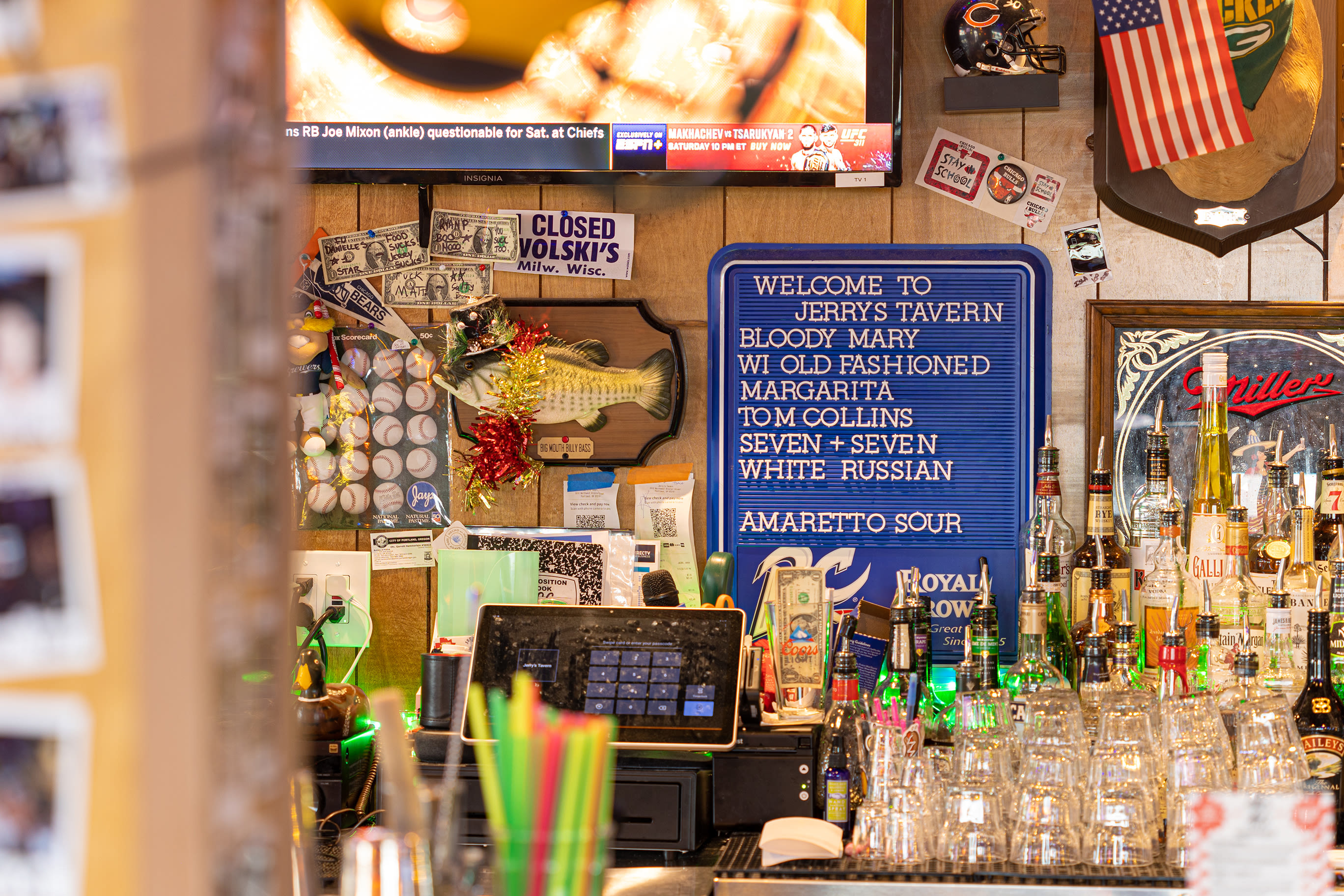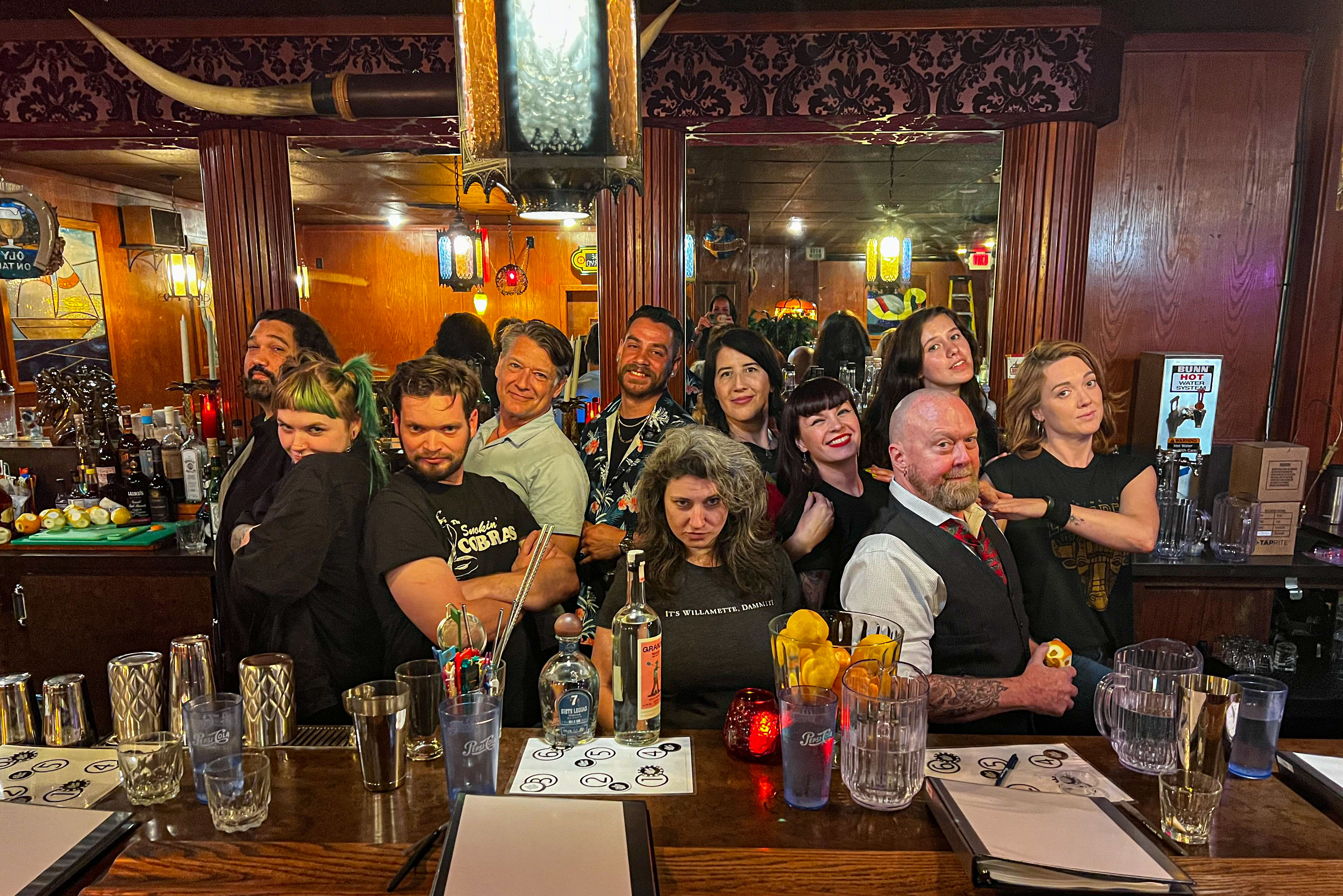Heavy Drinking

A snifter of Anchor Steam’s Old Foghorn Barleywine Style Ale, one of many wines being served at Portland ale houses this season.
There’s something about walking into a brewpub on a frigid winter night that makes me want to grab the barkeep by the collar and demand the strongest thing you’ve got! Not a pilsner. Not an amber. Nothing, God forbid, with a lemon wedge. This time of year, when it takes twenty minutes just to peel off the layers of fleece, a person needs strong drink—the liquid equivalent of wool socks. A person needs barley wine.
The first thing to know about barley wine is that it isn’t wine at all, but powerful beer. Top-fermented ale, to be exact, which means it’s full-bodied, complex, and high in alcohol. While your garden-variety microbrew contains around 5 percent alcohol, barley wine can have anywhere between 8 and 12 percent. Styles range from sweet and malty to a more intense, bitter, hoppy brew, and it’s often served in a snifter, to be sipped rather than chugged.
Craft brewers in Oregon have been making barley wine for decades—and in England they’ve brewed it since at least the eighteenth century—but only in the past few years has it shown up in Portland’s pubs with relative ubiquity. “Beer drinkers today are more willing to experiment than they were ten years ago,” says Brett Joyce, president of Rogue Ales, the Newport-based brewery whose Old Crustacean Barleywine has attracted a devoted following of beer geeks since 1990.
Making a good barley wine requires “more of everything,” says Alex Stiles, head brewer at Lucky Lab Brewing Company, which will host Portland’s annual Barley Wine Festival in March. “More barley, more hops, more fermentation. And more time for all the elements to blend together.” Thus, some beer makers cellar their creations in old wine and bourbon barrels, sometimes for as long as a year. What emerges is a creamy, mellow ale with hints of caramel, spice, and dark fruit and a long, warm finish.
“People approach barley wine like a martini or manhattan,” says Gray Campbell, a bartender at Deschutes Brewery. “When they want an after-work stiffy, this is what they order.” He hands me a snifter of Big Red, a deep, rust-colored barley wine, and a piece of paper with tasting notes. After the two-line description of Big Red, it says: “Go big or go home!”
After my first sip, I decide it’s too damn cold out to go home.




